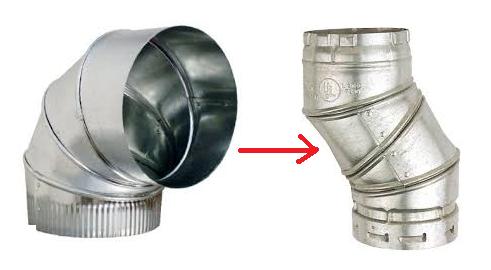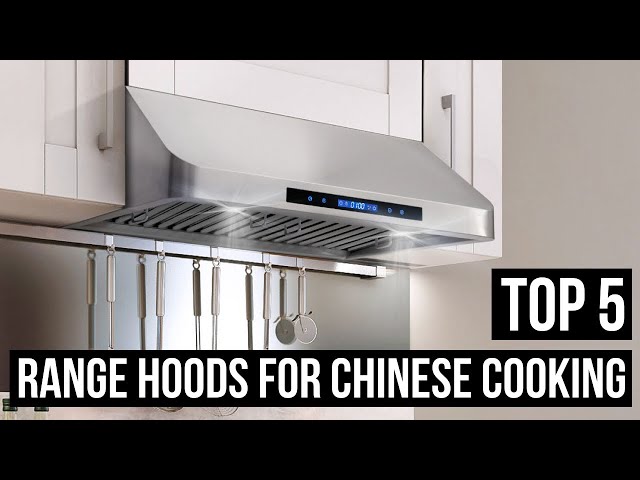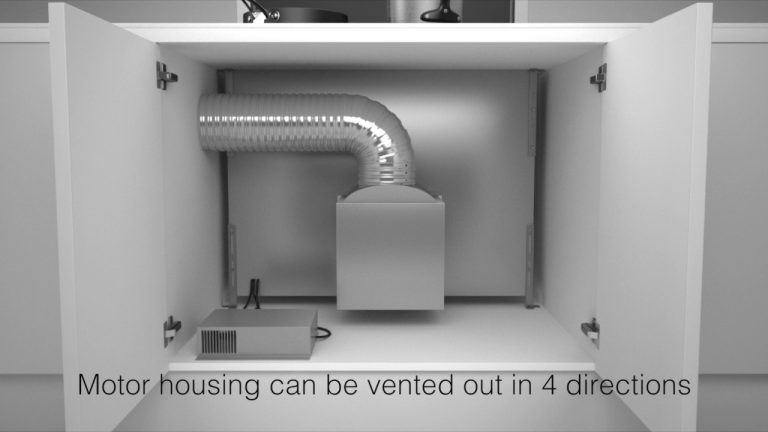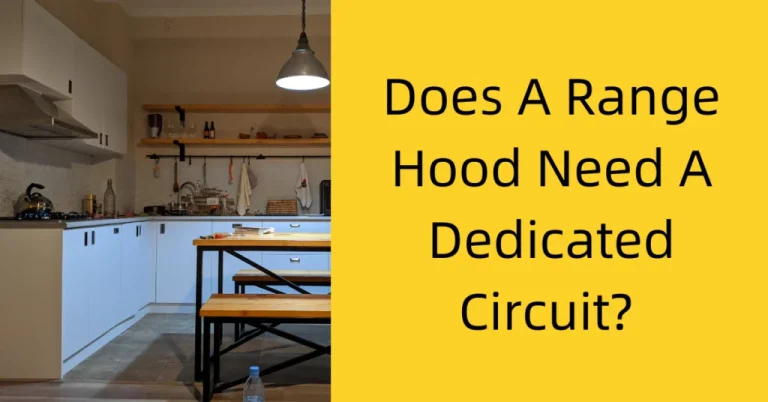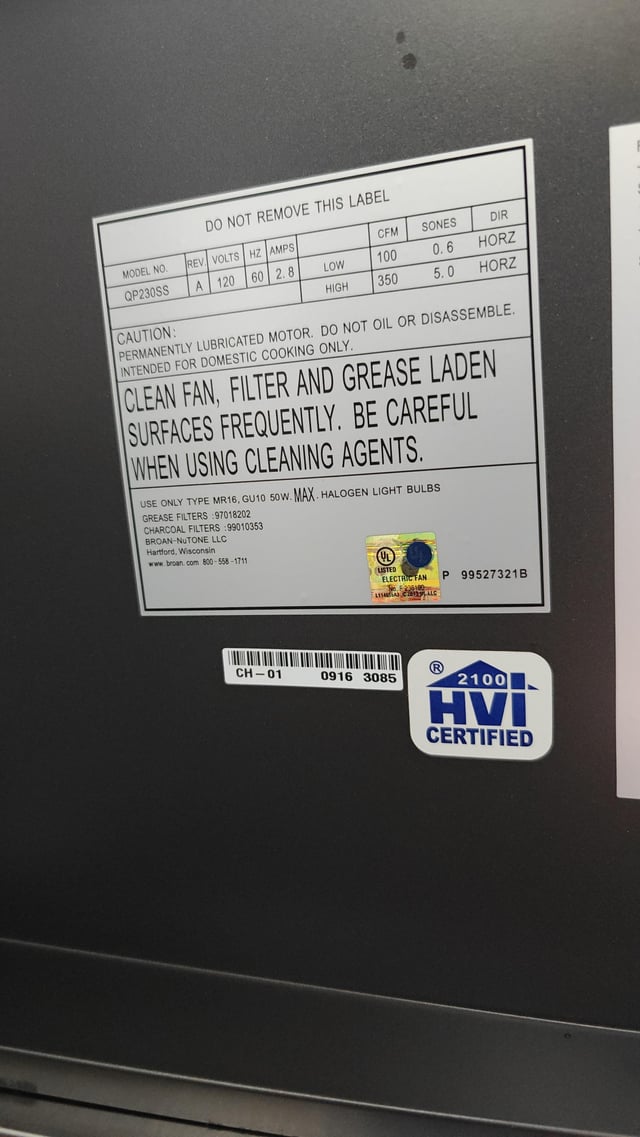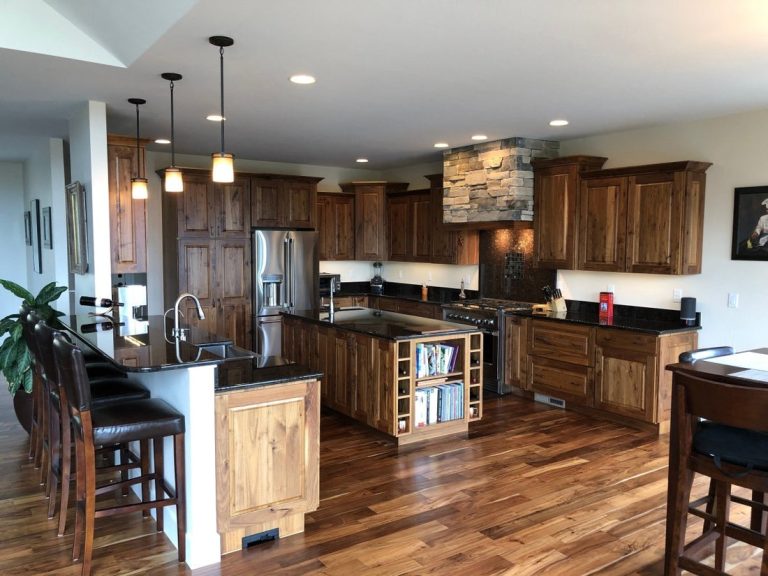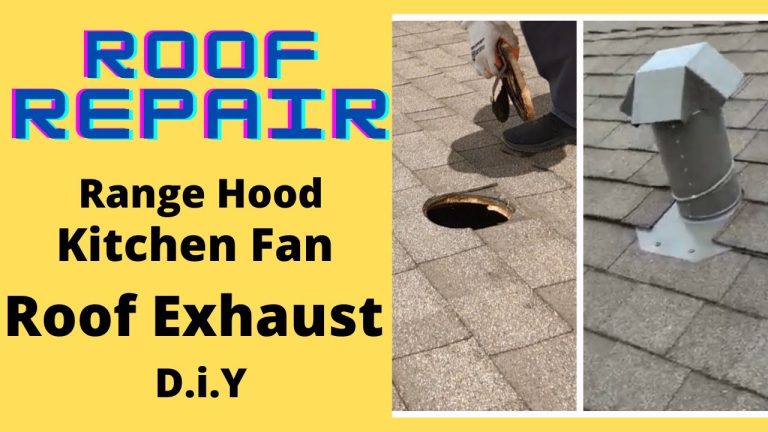A misaligned range hood vent can cause inefficient airflow and reduced performance. To fix this, adjust the ductwork or reposition the hood.
A properly functioning range hood is essential for maintaining kitchen air quality. An aligned vent effectively removes smoke, odors, and grease, enhancing your cooking experience. Misalignment can lead to various issues, including poor ventilation and increased energy costs. Homeowners often overlook the importance of proper installation, resulting in frustration and inefficiencies.
Regular maintenance and checks can help prevent alignment problems, ensuring that your range hood operates at its best. Understanding how to identify and rectify alignment issues is crucial for optimal performance and longevity. This guide will help you troubleshoot and resolve any vent alignment concerns effectively.
Common Misalignment Issues
Misaligned range hood vents can cause several symptoms. Common signs include excessive noise during operation. Poor air circulation and foul odors may also occur. These issues can lead to inefficient cooking and discomfort.
Potential risks arise from a misaligned vent. Fire hazards increase due to trapped grease. A misalignment can cause excess moisture, leading to mold growth. This may affect your health and home structure.
Regular maintenance helps prevent these problems. Ensure your vent is properly aligned for optimal performance. Inspect it frequently to avoid serious complications.

Credit: www.reddit.com
Initial Assessment
To fix a misaligned range hood vent, gather the right tools. You will need a screwdriver, measuring tape, and a level. A drill may also be helpful for adjustments.
Safety precautions are crucial. Always turn off power to the range hood before starting. Use protective goggles to shield your eyes. Gloves will protect your hands from sharp edges. Ensure the area is well-lit for better visibility.
Check for any obstructions around the vent. Clear away any debris to work safely. Keep your workspace organized to avoid accidents.
Quick Fix Solutions
Adjusting the vent position can be simple. First, check the mounting screws. Loosen them slightly and reposition the vent. Make sure it aligns properly with your range hood. Tighten the screws after adjustment. This will help improve airflow.
Sealing gaps and cracks is important too. Use caulk to fill any spaces. This prevents air leaks. Check around the vent duct and hood. If gaps are present, sealing them will enhance performance. A well-sealed vent also keeps your kitchen cleaner.
Ductwork Modifications
Ductwork modifications can help solve alignment issues with your range hood. Extending or trimming the duct is often necessary. This ensures a proper fit between the hood and ductwork. Use a tape measure to check the lengths needed. Cut the duct carefully to avoid damage.
Adapters and connectors can help connect different duct sizes. They allow for smooth transitions between sections. Choose high-quality materials for the best results. This prevents leaks and improves efficiency. Properly sealing all connections is key. Use duct tape or sealant to secure joints.
Improving Ventilation Efficiency
Proper duct layout is key for better ventilation efficiency. It helps air move smoothly through the range hood. Start by checking the length of the ducts. Shorter ducts improve airflow significantly.
Make sure the ducts are not too twisted or bent. Sharp bends can block airflow. Use smooth ducting for best results. Always seal the joints well to prevent leaks.
Consider the size of the duct. A larger duct can carry more air. Match the duct size to your range hood for optimal performance. Regularly inspect the system to keep it running well.
| Tip | Description |
|---|---|
| Short Ducts | Improves airflow and efficiency. |
| Smooth Ducting | Reduces blockages and enhances airflow. |
| Proper Size | Ensures effective air movement. |

Credit: www.reddit.com
Professional Help Vs. Diy
Deciding between professional help and DIY can be tricky. DIY can save money, but there are limitations.
Consider calling a professional if:
- Your range hood is not aligned correctly.
- There are electrical issues you can’t fix.
- Ventilation problems affect air quality.
- Safety concerns arise during installation.
DIY might be suitable for small fixes. Tasks like cleaning filters or adjusting screws are often manageable. Avoid complex tasks if you lack experience.
Choose wisely between professional help and DIY. Each option has its own benefits and risks.
Maintenance Tips
Establish a regular cleaning schedule for your range hood. This helps maintain efficiency and performance. Clean the filters and surfaces at least once a month. Use warm soapy water or a suitable cleaner.
Conduct periodic inspections of your range hood. Check for any misalignments or damage. Look for loose screws or parts that need tightening. Ensure the vent is clear of debris. A well-maintained hood improves air quality and safety.
Future Prevention Strategies
Choosing the right equipment is key for a well-functioning range hood. Look for models that fit your kitchen size and style. A powerful motor helps remove smoke and odors effectively.
Proper installation techniques matter a lot. Ensure the hood is aligned with the ductwork. Use a level to check for evenness. Tighten all screws securely to avoid any movement.
Regular checks on the alignment can prevent future issues. Keeping the filters clean also helps with the performance of the range hood.

Credit: diy.stackexchange.com
Frequently Asked Questions
Why Is My Range Hood Vent Misaligned?
A misaligned range hood vent can result from improper installation or shifting over time. Ensure that the ductwork is correctly attached and that the range hood is level. Regularly check for any obstructions or wear in the duct to maintain proper airflow and functionality.
How Can I Fix A Misaligned Range Hood Vent?
To fix a misaligned range hood vent, first, turn off the power. Then, carefully adjust the hood’s position. You may need to reattach the duct or secure any loose screws. If issues persist, consider consulting a professional for a thorough inspection and adjustment.
What Are The Signs Of A Poorly Aligned Range Hood?
Signs of a poorly aligned range hood include unusual noises, reduced suction, and visible gaps between the vent and the hood. You may also notice increased cooking odors lingering in the kitchen. Addressing these issues promptly can improve performance and safety.
Can A Misaligned Vent Affect My Kitchen Air Quality?
Yes, a misaligned vent can significantly impact kitchen air quality. It may allow smoke, grease, and odors to escape into your home instead of being properly vented outside. Ensuring correct alignment helps maintain a healthier cooking environment and improves overall air circulation.
Conclusion
A misaligned range hood vent can lead to inefficiency and potential hazards. Addressing this issue promptly ensures optimal performance and safety in your kitchen. Regular maintenance and checks can prevent future misalignments. Take action today to enhance your cooking environment and enjoy a cleaner, healthier home atmosphere.
